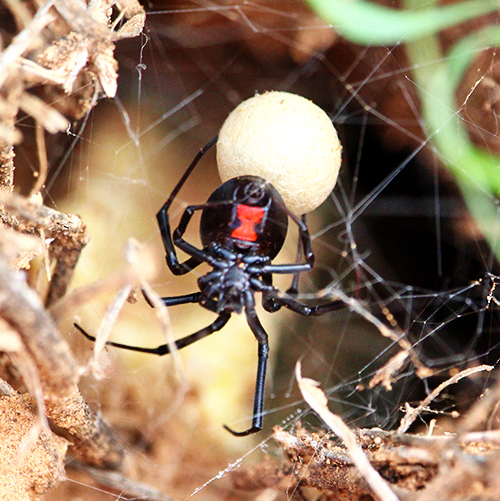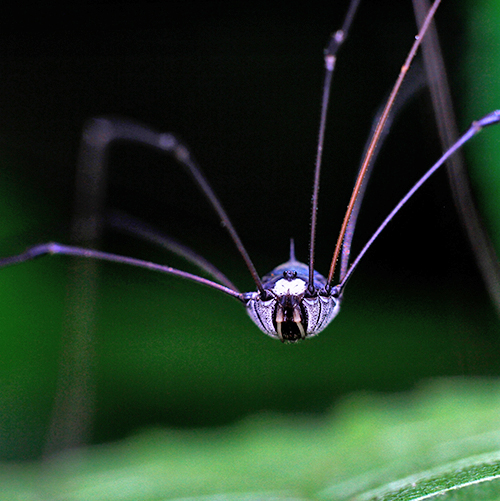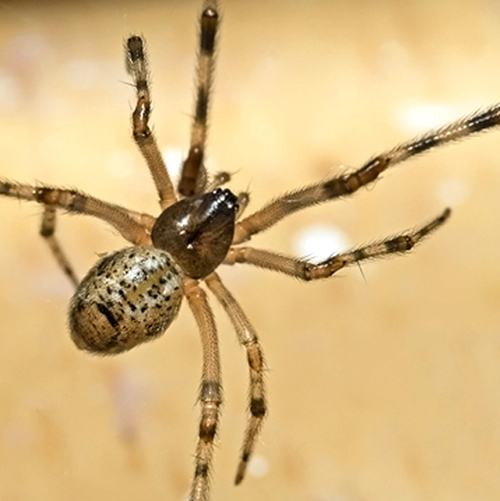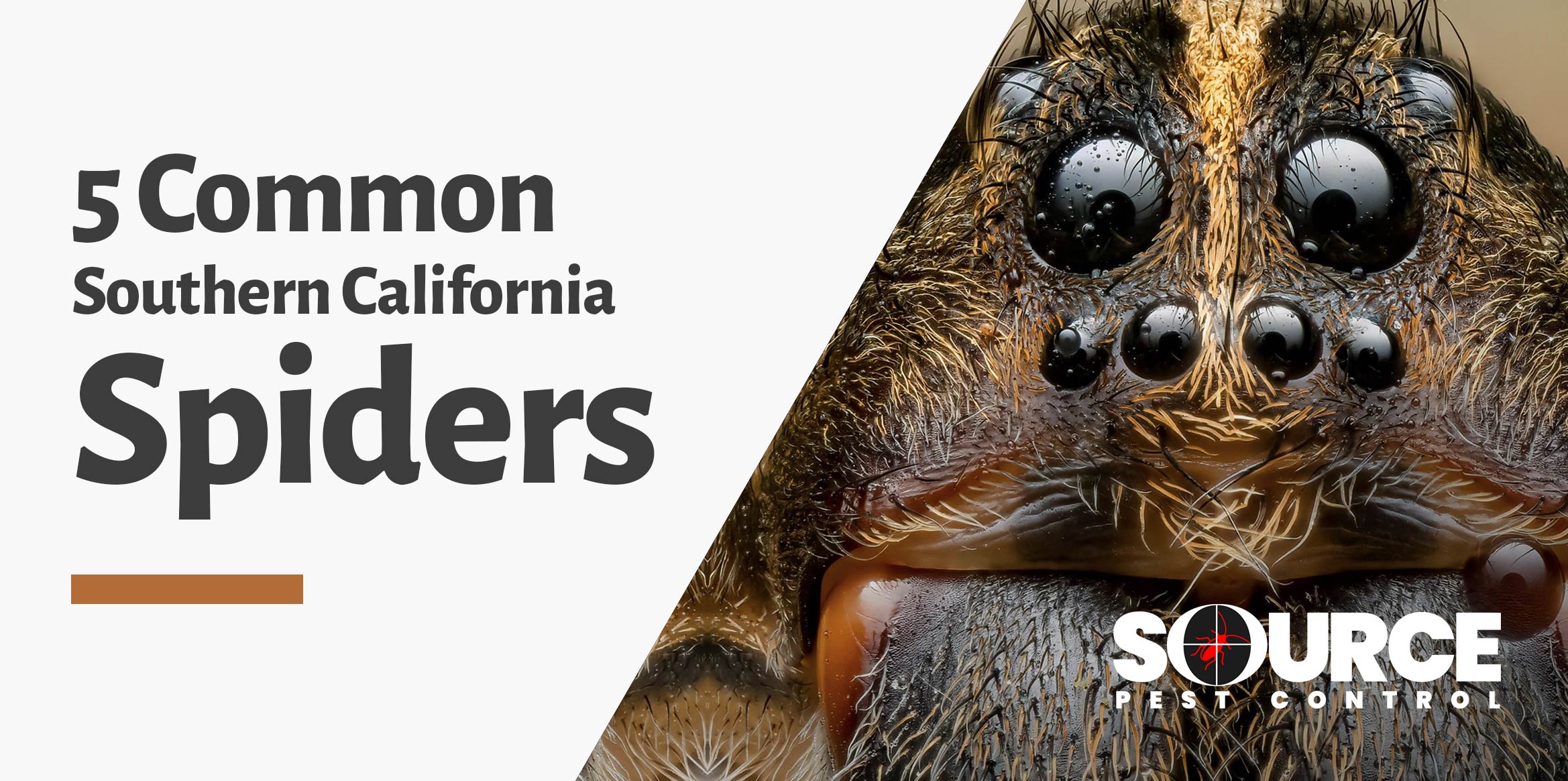5 Common Southern California Spiders
In the sun-drenched expanse of Southern California, from the rolling hills of Temecula to the serene landscapes of Fallbrook, and the vibrant communities of Menifee, there’s a narrative as old as time—or at least as old as celluloid. Mention the word ‘Arachnophobia,’ and watch Californians of all stripes nod in a shared shudder. Yes, the 1990 film left its mark, blending fiction with the very real fear of our eight-legged cohabitants.
But step away from the silver screen, and the reality is just as compelling. California plays host to a kaleidoscope of spider species—sixty-six, to be exact. Yet, among this crowd, five stand out, marking their presence across backyards and basements from the citrus groves of Temecula to the gated communities of Fallbrook and beyond.
As we weave through the web of spider lore in Southern California, let’s untangle the myths from the facts, shine a light on these misunderstood creatures, and share a few pointers on keeping your home a no-spider zone. It’s not just about fear; it’s about coexistence, with a dash of caution thrown in for good measure.
Here’s our list of the TOP 5 most common spiders found throughout Southern California (in no particular order).
Common Southern California Spiders
1. Black Widow
2. Daddy Longlegs
3. Yellow Sac Spider
4. American House Spider
5. Wolf Spider
 1. The Black Widow
1. The Black Widow
Identifying a Black Widow isn’t about spotting challenges; it’s recognizing that unmistakable hourglass mark as nature’s nuanced signal. These creatures, armed with venom yet fundamentally peace-seeking, reserve their defense mechanism for genuine threats, turning a bite into a painful yet rarely fatal encounter. The protocol if bitten? Swiftly seek medical attention, and if possible, capture the spider for accurate identification, an essential step especially for children, who are more vulnerable to the venom’s effects. This action isn’t just about response; it’s about informed, effective treatment, straddling the delicate balance between alarm and action.
Prevention Tips: The best way to prevent Black Widows is to eliminate their food source. Removing as many grasshoppers, flies, moths, and earwigs from your home will help reduce their numbers.
Another way of discouraging Black Widows from roaming onto your property is to keep your property free of clutter. This would include: stacks of firewood, tall grass, garden bags, and trash heaps.
 2. Daddy Longlegs
2. Daddy Longlegs
Daddy Long-Legs, or Shepherd spiders as some call them, parade their elongated, slender legs like a statement of elegance in the spider world. They’re the night owls of the arachnid community, thriving in the moon’s glow, yet react with a surprising, almost frantic dance when disrupted. Dispelling myths one thread at a time, it turns out Daddy Long-Legs carry no venom, no malice towards humans. Their presence, misinterpreted through tales of danger, is entirely benign, a gentle reminder that not all stories we weave are grounded in truth.
Prevention Tips: Daddy Long-Legs enjoy hanging out in gardens during spring and summer. They prefer dark, damp places which would include garages, basements, and crawl spaces. They are scavengers, and will eat dead—and live—insects. While it can be beneficial to have these guys in our garden, we don’t want them in our home.
Keep Daddy Long-Legs out of your home by cleaning up clutter, debris, and wood piles. Keep plants trimmed, and seal any cracks around your home’s foundation, doors, and windows.
 3. Yellow Sac Spider
3. Yellow Sac Spider
In the tapestry of Southern California’s diverse ecosystem, the Yellow Sac spider weaves its presence quietly but ubiquitously. Known for its venom, this spider’s bite—while unwelcome—seldom nudges the scales toward life-threatening. Victims recount tales of pain, a brief but poignant reminder of nature’s raw deal, lasting just a few hours. These spiders are masters of hide and seek, claiming territories along baseboards, ceilings, and the unseen nooks behind furniture. Step outside, and their domain extends under stones, tree bark, and the ledges of doors and windows, painting a picture of an unassuming inhabitant living parallel to human life, mostly unseen and often misunderstood, yet an integral thread in the web of our shared environment.
Prevention Tips: The best way to prevent Yellow Sac Spider infestations is to limit or remove heavy vegetation near the home, install tight-fitting screens on attics and foundation vents, and seal holes and cracks around the exterior of the home.
 4. American House Spider
4. American House Spider
The American House Spider, with its tapestry of reddish-brown hues and chevron accents, navigates our world in the quiet corners of existence, from the shadowy recesses of attics and basements to the forgotten spaces of closets and crawlspaces. A mere 5 to 8 mm in stature (the males even more diminutive at 4 mm), these creatures are a study in the art of subtlety and survival, biting only when cornered, their venom a whisper in the vast dialogue between humans and nature. And while the bite seldom leaves more than a fleeting mark on our physical being, the truth remains unspoken: no one yearns for the intimacy of a spider’s bite, a universal truth in the human quest for comfort and control in our domestic sanctuaries.
Prevention Tips: Just as with the spiders we’ve mentioned above, American House Spiders are attracted to other pests, as well as dark, humid areas, wood piles, and leaves. Keep the interior and exterior of your home free of clutter and other pests, and you shouldn’t see too many spiders.
 5. Wolf Spider
5. Wolf Spider
Wolf Spiders, in their grandeur and haste, blur the lines between themselves and the mythical tarantulas of lore. These are the nomads of the spider world, choosing speed and agility over the sedentary art of web-spinning, their large, hairy forms casting shadows of ancient tales across our modern floors. The sight of one charging across the quiet landscape of a nighttime room can unsettle the sturdiest of hearts. Yet, when these creatures, more misunderstood than malevolent, find themselves backed into a corner, their defense—a bite—while painful, is rarely the harbinger of lasting doom.
Prevention Tips: The best way to prevent (or get rid of) Wolf spiders is to rid your yard of debris and clutter. You can also remove outdoor lighting, seal cracks and openings in the outer wall of your home, and eliminate their food source; which include months, flies, crickets, and other insects.
Conclusion
Navigating the world of spider pest control doesn’t require a degree in rocket science, yet there are moments when the complexity of the task at hand mirrors the need for a specialist’s touch. Enter Source Pest Control, your ally in the unspoken battle against these eight-legged intruders. Our distaste for spiders rivals your own, fueling our commitment to fortify your home or business against their unwelcome advances. It’s not just a job; it’s our way of weaving a safer, spider-free environment together.
Ready to reclaim your space? Schedule your appointment with us today.




